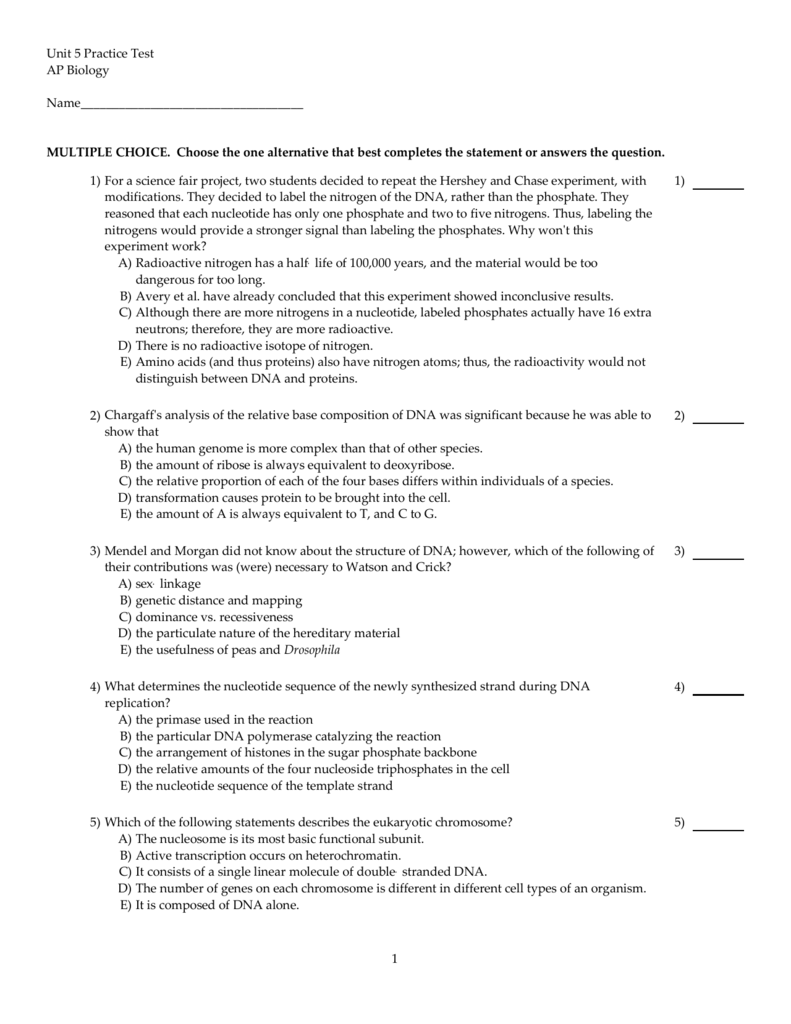- Unit 5: Manifest Destinymac's History Timeline
- Unit 5: Manifest Destinymac's History Pdf
- Unit 5: Manifest Destinymac's History Definition
- Unit 5: Manifest Destinymac's History Quizlet
About the Author: Warren Hierl taught Advanced Placement U.S. History for twenty-eight years. He has conducted 250+ AP US History workshops for teachers. He was a member of the committee that wrote the original Advanced Placement Social Studies Vertical Teams Guide and the Advanced Placement U.S. History Teachers Guide. He has been a reader, a table leader, and, for the past eight years, the question leader on the DBQ at the AP U.S. History reading.
Unit 5: Manifest Destiny, Civil War & Reconstruction (1844-1877) Overview As the young nation grew in population and land, regional tensions centered around the spread of slavery and states’ rights led to a civil war that permanently transformed American society and the nature of the government. Beginning with the election of James Polk in 1844, the United States pursued westward expansion and the opening of new foreign markets. 5.0 Unit 5 Overview: Contextualization During Period 4, the westward expansion of the United States continued, spurred on by ideas of Manifest Destiny (see 5.2). Period 4 also saw the Market Revolution and the Antebellum Reform Movements that profoundly changed the US. History Unit 1 U.S. History Unit 2 Unit 3: Era of Good Feelings- Jackson Era Unit 4: 2nd Great Awakening Unit 5: Manifest Destiny- Westward Expansion Infographics Blog Unit 6: Civil War & Reconstruction.
In other words- Mr. Hierl grades the essays you will write for the APUSH exam.

The term “manifest destiny” was coined in the 1840s and espoused a philosophy that the United States had a God-given right to “overspread” the continent. At the heart of the doctrine was the notion that Americans were a superior people with superior governmental institutions, and they had superior moral character. In the minds of those who bought into this philosophy, it was only fitting that God should choose the United States to conquer and uplift inferior peoples. Manifest destiny fostered tremendous territorial expansion during the 1840s and 1850s and, unwittingly, contributed to sectional conflict and the break-up of the Union over the issue of slavery.

Lust for expansion of the United States began while there were still British colonies, well before the United States was formed. The increasing population and dominant agricultural lifestyle of the British North American colonists led to encroachment and acquisition of American Indian lands by treaty and force.
Westward expansion increased with the victory in the French and Indian War and the expulsion of the French from North America. The colonists began to believe that a vast new area of land west of the Appalachians would be opened to settlement. When Britain imposed the Proclamation of 1763 that banned settlement west of the Appalachians, the colonists simply ignored the proclamation and spilled over the mountains anyway.
Lust for expansion of the United States began while there were still British colonies, well before the United States was formed.
Formal westward expansion continued with the Treaty of Paris of 1783, which ended the American Revolution and established the official western boundary of the U.S. at the Mississippi. In 1803 the United States doubled its size with the purchase of the Louisiana Territory and moved its western boundary to the Rocky Mountains. Finally, with the Adams–Onís Treaty of 1820 (also known as the Florida Purchase Treaty or the Transcontinental Treaty), the U.S. gained Florida and enhanced their claims on Oregon. Thus by the 1840s, Americans had experienced nothing but the continual movement of the frontier westward and they fully expected that movement to continue.
Thus by the 1840s, Americans had experienced nothing but the continual movement of the frontier westward and they fully expected that movement to continue.

The expansionist mood continued into the 1840s where it began to mingle with the debate over the extension of slavery into new territory. Both the North and the South became interested in acquiring territory so that the new states could enter the Union and bolster that section’s political strength in Congress. The annexation of Texas was delayed until 1845, in part, because of northern fears that it could be divided into several states. In 1844 the Democrats nominated James K. Polk, an avowed expansionist, for president who set his eyes on the acquisition of Oregon. The campaign witnessed boisterous cries for “all of Oregon or none” and “Fifty-four Forty or Fight!” (54°40′being the southern boundary of Alaska). In the end, the United States and Great Britain peacefully divided Oregon at the 49° north latitude (the current boundary between the U.S. and Canada); the United States had expanded west to the Pacific.
Perhaps the epitome of the concept of manifest destiny was the Mexican-American War.
Perhaps the epitome of the concept of manifest destiny was the Mexican-American War. James K. Polk used a boundary dispute between Texas and Mexico to deliberately provoke a war and gain territory for the United States. Generally the war was favored and fought mostly by southerners who hungrily-eyed the prospect of acquiring land that might well be turned into slave states. Rat maze leetcode. Northerners, while skeptical of the spread of slavery (attested to by the Wilmot Proviso), nevertheless saw the possibility of extending the boundaries of the U.S. to the Pacific. The Treaty of Guadalupe-Hidalgo ended the war and won for the U.S. the southwestern quarter of the country. Many Americans viewed this as justified since they believed that American values, morals, and institutions were superior to those of Mexico.
Many Americans viewed this as justified since they believed that American values, morals, and institutions were superior to those of Mexico.
Not everyone was satisfied that the manifest destiny of the United States was complete simply because the country now controlled a wide swath of territory from the Atlantic to the Pacific. More radical expansionists believed the U.S. should take all of Mexico while some, the most extreme among them, held that the manifest destiny of the U.S. should extend from sea to sea and pole to pole.
As sectional tensions grew in the 1850s over the issue of slavery, U.S. government attempts to gain land stalled, with the exception of the Gadsden Purchase in 1853. The Gadsden Purchase was designed to acquire territory for a southern route for a potential transcontinental railroad. The Ostend Manifesto also sounded out European attitudes should the United States decide to take over Cuba. While the federal government may have been stymied in acquiring new territory, private filibustering expeditions eyed Central America as a prospective possession, largely for personal or economic gain. Most notably, William Walker usurped the presidency of Nicaragua which he controlled for more than a year. These expeditions probably hindered the potential for U.S. expansion by placing the affected governments on guard for possible U.S. territorial acquisitions.
As sectional tensions grew in the 1850s over the issue of slavery, U.S. government attempts to gain land stalled
Unit 5: Manifest Destinymac's History Timeline
The outbreak of the Civil War, more or less, snuffed out the remaining thirst for territorial expansion and the manifest destiny of the United States seemed to have been fulfilled. Following the Civil War, the United States focused on the economic development of its plentiful natural resources which, at the time, seemed inexhaustible. Although Alaska was purchased in 1867, the acquisition was ridiculed as “Seward’s Folly” or “Seward’s Icebox.”
The outbreak of the Civil War, more or less, snuffed out the remaining thirst for territorial expansion and the manifest destiny of the United States seemed to have been fulfilled.
The closing of the frontier in 1890 and the Panic of 1893 led to the reemergence of the concept of manifest destiny under a new name, “new imperialism“.
The closing of the frontier in 1890 and the Panic of 1893 led to the reemergence of the concept of manifest destiny under a new name, “new imperialism“. This new expansionist sentiment saw U.S. expansion (or at least justified it) as a God-given obligation rather than merely a God-given right. It was the duty of the United States to lift native people out of the state of barbarism; it was the “white man’s burden” to uplift, Christianize, and civilize the heathen savages. By no means did this mean that the motives of imperialists were solely altruistic. The closing of the frontier led to the realization that U.S. resources were not inexhaustible and that possession of resource-rich territories might be necessary. As well, the Panic of 1893 led to the belief that the domestic market had become saturated and that new markets were necessary if the U.S. economy was to continue to prosper. Also present was the realization that European countries were carving up Africa and Asia and that the U.S. “must not fall behind.”
Unit 5: Manifest Destinymac's History Pdf
Also present was the realization that European countries were carving up Africa and Asia and that the U.S. “must not fall behind.”
Unit 5: Manifest Destinymac's History Definition
In this period the United States embarked on an aggressive policy of acquisition and control over foreign territories. The Spanish-American War led, directly or indirectly, to the acquisition of Hawaii, Puerto Rico, the Philippines, and Guam. The “big stick” policy of Teddy Roosevelt gave the United States control of the Panama Canal Zone while the Roosevelt Corollary to the Monroe Doctrine allowed the U.S. to “police” the Western Hemisphere and interfere in the affairs of sovereign nations. There were, however, significant differences between the manifest destiny of the 1840s and the new imperialism of the late nineteenth and early twentieth centuries. Unlike manifest destiny, under new imperialism the U.S. had no intention of supplanting or replacing the native populations. Rather the U.S. would govern these territories while extracting labor from the native populations. Also, in the later time period, there was much more significant opposition to the imperialistic policies of the U.S. than had been the case earlier. The Anti-Imperialist League boasted high profile names like Andrew Carnegie and Mark Twain among its members.
Unlike manifest destiny, under new imperialism the U.S. had no intention of supplanting or replacing the native populations. Rather the U.S. would govern these territories while extracting labor from the native populations.

Unit 5: Manifest Destinymac's History Quizlet

The manifest destiny of the 1840s carried with it the assumption that the United States was politically and morally superior to other nations and peoples. Thus it assumed that God had given His blessing to the U.S. to overspread the continent. Similarly, new imperialism boasted a moral superiority that obligated the United States to uplift those in a more primitive state. As John W. Burgess, founder of Columbia University’s School of Political Science said in 1890, “there is no human right to the status of barbarism”, and thus it was the obligation of the United States to impose civilization on those who could not achieve it on their own.
Unit 5: Manifest Destiny
|
